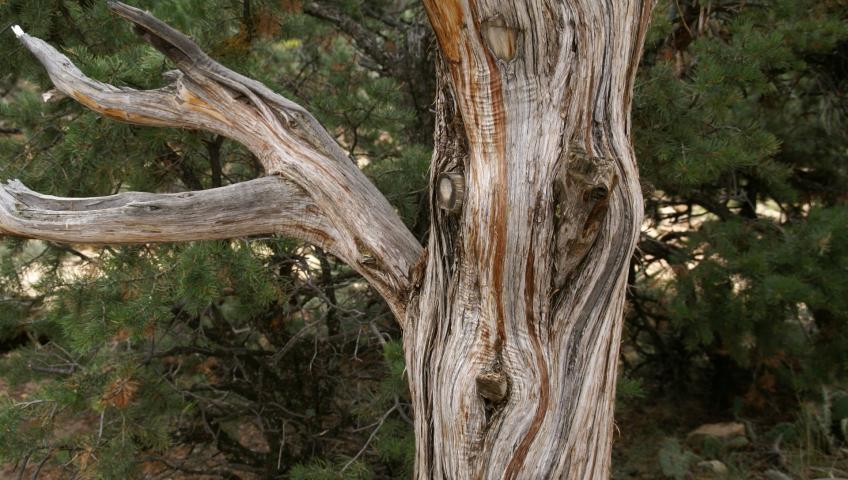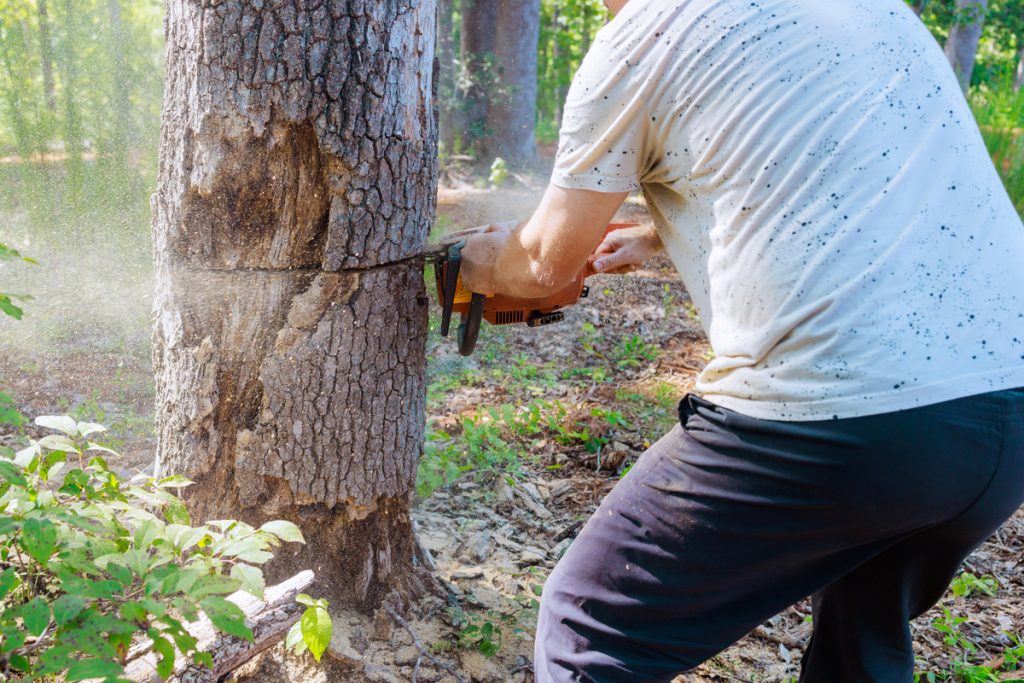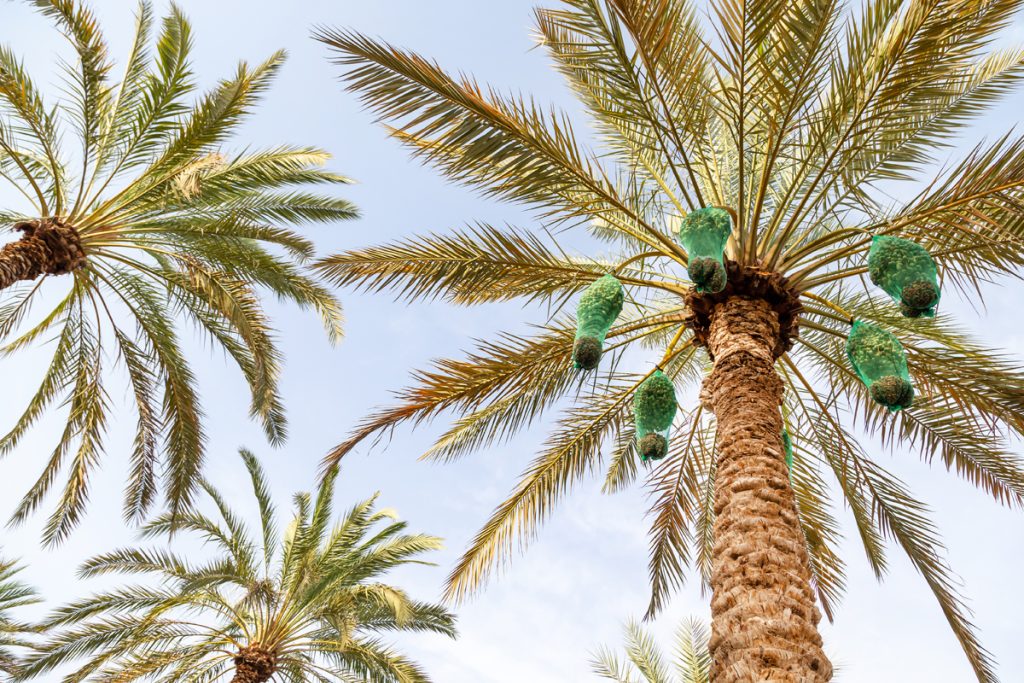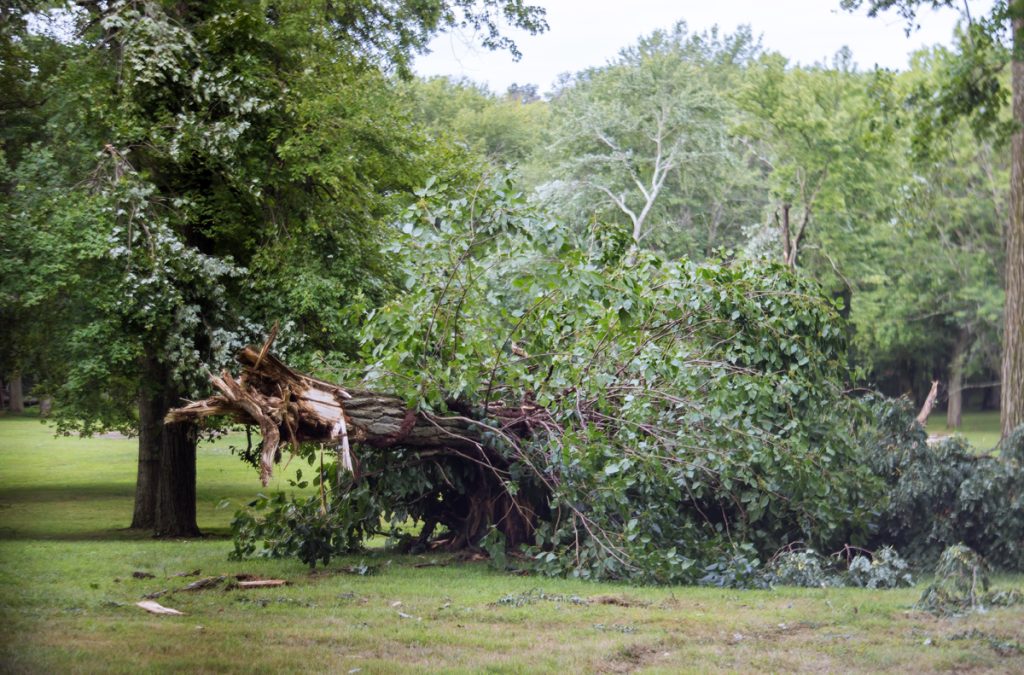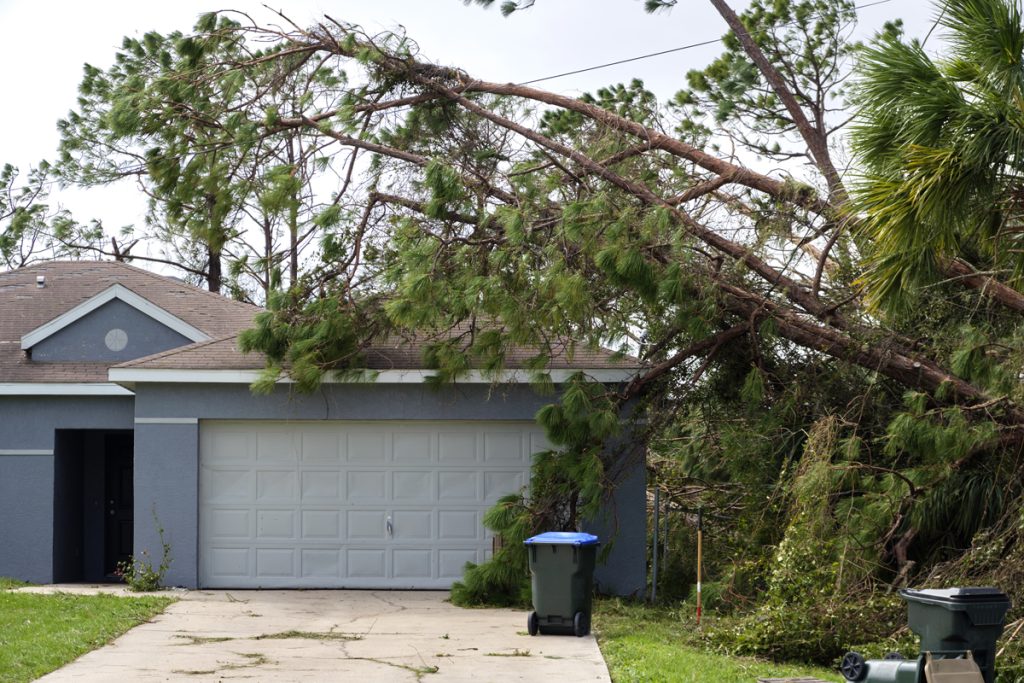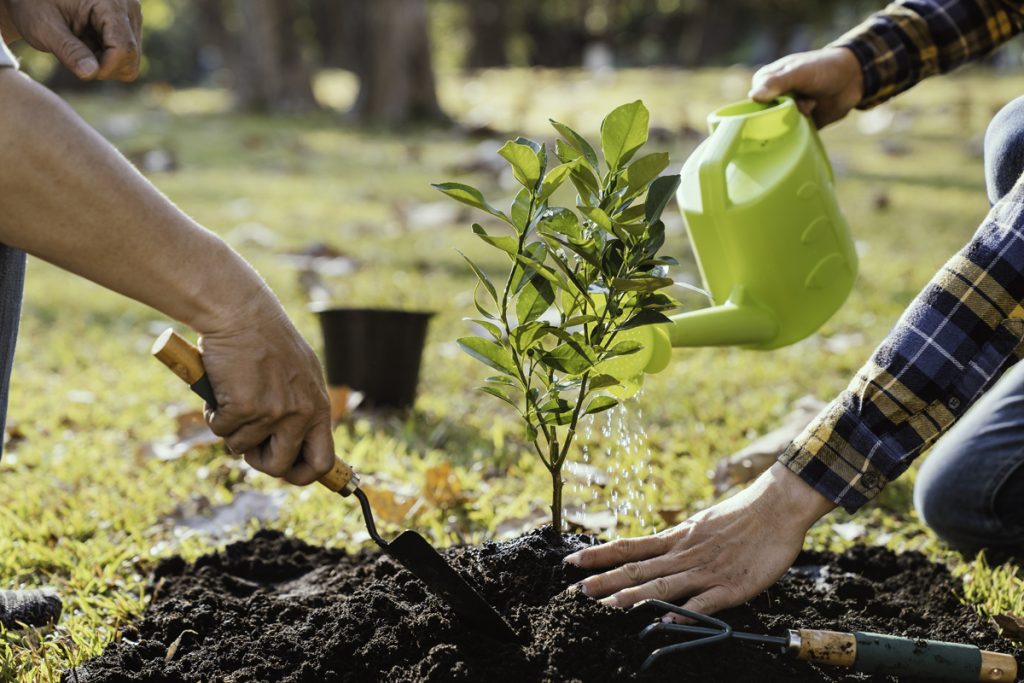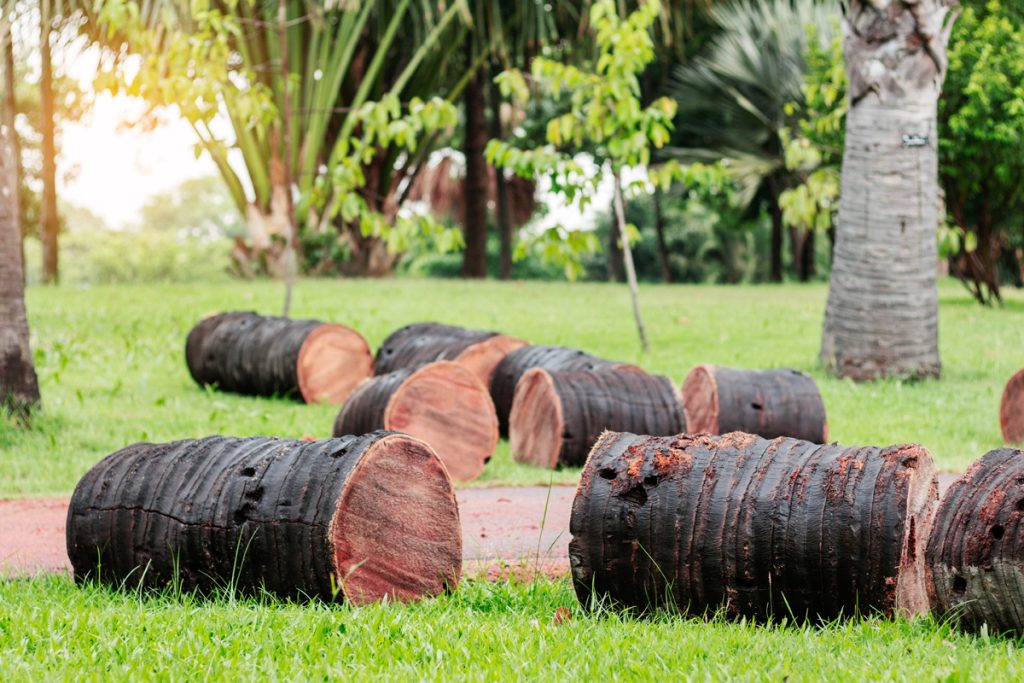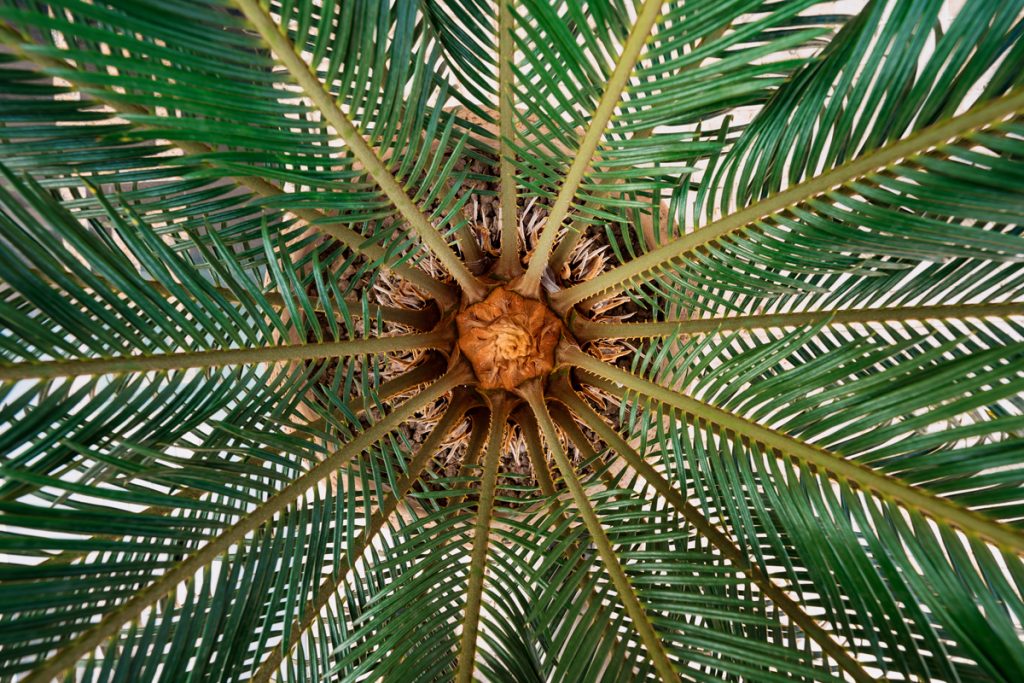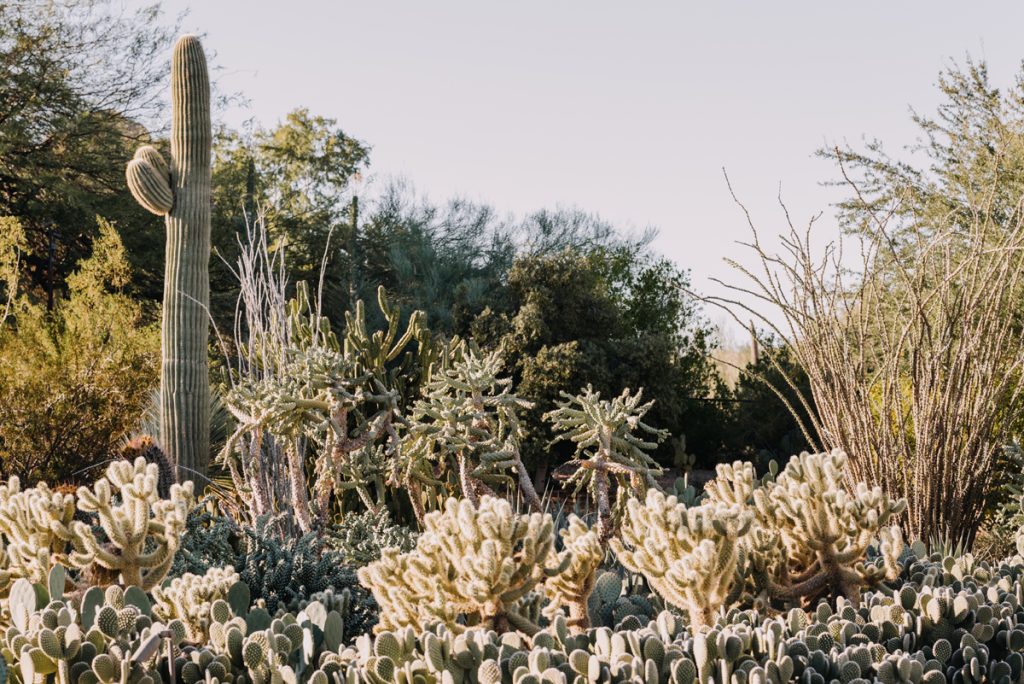BLOG
OVER 30 YEARS OF COMBINED EXPERIENCE!
WE ARE LIBERTY TREE EXPERTS
- All
- Cutting Down A Tree
- mesquite trees
- Palm Tree Trimming
- Palm Trees
- Stump Grinding
- Tree Care
- Tree Pruning
- Tree Removal
- Tree Removal Costs
- Tree Service
- Tree Trimming
- Trees In Arizona
Mesquite Tree Thorns
Mesquite tree thorns are a defining and sometimes problematic feature of this desert-native tree—especially in Arizona landscapes. Whether you’re planting, trimming, or maintaining mesquites, it’s important to understand the types, risks, and how to manage them effectively. 🌳 Overview of Mesquite Trees and Their Thorns 🔎 Common Arizona Mesquite Types Type Thorny? Notes Velvet Mesquite … Continue reading Mesquite Tree Thorns
Don’t Do This When Cutting Down A Tree
When cutting down a tree, safety and technique are everything. Many accidents happen because of simple mistakes. Here’s a list of things you absolutely should NOT do when felling a tree: 🚫 DON’T Do These When Cutting Down a Tree 1. ❌ Don’t Skip Safety Gear ALWAYS wear a helmet, eye protection, ear protection, gloves, … Continue reading Don’t Do This When Cutting Down A Tree
Mesquite Tree Trimming Costs 2025
In Arizona, the cost of trimming a mesquite tree in 2025 varies based on factors like tree size, condition, and location. Here’s a breakdown to guide your budgeting: 💰 Estimated Mesquite Tree Trimming Costs in Arizona (2025) Small Trees (under 15 feet): $100 – $240 Medium Trees (15–25 feet): $275 – $475 Large Trees (25+ … Continue reading Mesquite Tree Trimming Costs 2025
Trimming Palm Tree Costs 2025
Trimming palm trees is essential for maintaining their health and aesthetic appeal. In Arizona, the cost of palm tree trimming in 2025 can vary based on several factors. Factors Influencing Cost: Tree Height: Taller palm trees require specialized equipment and more labor, increasing the cost. Number of Trees: Discounts may be available for trimming multiple … Continue reading Trimming Palm Tree Costs 2025
Palm Tree Trimming Costs 2025
Trimming palm trees in 2025 involves various factors that influence the overall cost, including tree height, type, accessibility, and regional labor rates. Here's a detailed breakdown: Average Costs by Tree Height: Up to 15 Feet: Trimming costs range from $50 to $200 per tree. 15 to 30 Feet: Expect expenses between $75 and $400 per … Continue reading Palm Tree Trimming Costs 2025
Will Homeowners Insurance Pay For Tree Removal?
Homeowners insurance will cover some tree removals depending on the specific circumstances. For instance, insurance will not cover the cost of tree removal for a tree that has yet to fall. However, homeowners insurance will typically cover the cost of tree removal and damage repairs when a tree ultimately falls on any of your structures. … Continue reading Will Homeowners Insurance Pay For Tree Removal?
What To Do If A Tree Falls On Your House
Homeowners should follow the steps listed below in the unfortunate event a tree falls onto their house. What Should You Do If A Tree Falls On Your House? When a tree falls on your home, it can undoubtedly create an extremely dangerous situation. Large trees can go through roofs, break windows, and cause serious damage … Continue reading What To Do If A Tree Falls On Your House
How Soon After Stump Grinding Can You Plant?
The tree experts recommend waiting at least one full year before replanting a tree in the same location as a recent stump grinding and removal. Stump Grinding And Removal Stump grinding is the most effective way to remove a tree stump. Stump grinding costs are based on several factors including size, time, quantity, root system … Continue reading How Soon After Stump Grinding Can You Plant?
Never Do This When Cutting Down A Tree
Below, we have outlined 7 things you should never do when cutting a tree. 1. Never Cut A Tree Down By Yourself You will undoubtedly need a helper or two when attempting to cut down a tree. Working on this task with multiple people will help to make the job easier and safer, overall. Each … Continue reading Never Do This When Cutting Down A Tree
Dying Palm Tree: What Can You Do To Save It?
Palm trees belong to the evergreen family of trees, so whenever you start to notice brown or yellow fronds, this is a cause for concern. These trees can also become infested with bugs and die out over time. If you are currently searching for “is my palm tree dead“, this article is for you! How … Continue reading Dying Palm Tree: What Can You Do To Save It?
How To Revive A Palm Tree
If you are searching for “is my palm tree dead” or “how to revive a palm tree,” then Liberty Tree Experts is here to help! There are many warning signs you must look for when diagnosing the impending death of your precious palm trees. Read on to learn about the warning signs and what you … Continue reading How To Revive A Palm Tree
Plants That Grow Well In Arizona Full Sun
Gardeners and landscapers across the state of Arizona depend on low-maintenance plants that can thrive with very little care. If you are looking for the best low-maintenance plants under the Arizona sun, we’ve highlighted some of our favorites below. Dalea These are a diverse group of plants that can survive and thrive the extreme Arizona … Continue reading Plants That Grow Well In Arizona Full Sun

